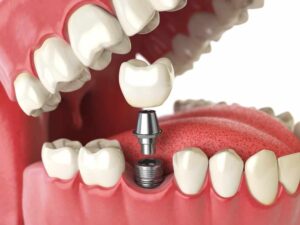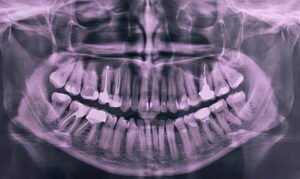The purpose of a root canal treatment is to remove diseased or inflammatory pulp from inside teeth. The tooth is then thoroughly cleansed, disinfected, filled, and sealed. The goals of root canal therapy are to save the normal tooth, stop the infection from spreading, and eradicate germs from the diseased root canal. In this blog post, we will explore the procedure used by family dentists in Burlington, Ontario for root canals and its indications
Anesthetic
A small amount of numbing medicine will be applied to your gums by the dentist in the vicinity of the injured tooth. Your gums will be injected with a local anesthetic after it has taken effect. It could feel like a burning or severe squeeze, but it will go away fast. Even though you won’t be feeling pain during the treatment, you will still be conscious.
Taking out the pulp
The endodontist or general dentist will create a little hole in the tooth’s apex after it is numb. The professional will use special instruments called files to delicately remove the diseased or damaged pulp once it is revealed. They will take extra care to thoroughly clean all of your tooth’s channels, or canals.
Antibiotics
To make sure the infection is eliminated and to stop it from coming back, the dentist may apply a topical antibiotic to the affected region after the pulp has been removed. The dentist will fill and seal the tooth using gutta-percha, a rubber-like substance, and sealer paste after the canals have been cleansed and disinfected. They could also recommend oral antibiotics for you.
Temporary Filling
The dentist will use a soft, temporary substance to seal the tooth’s little hole at the top to complete the operation. This sealant aids in preventing saliva damage to the canals.
What are the symptoms of a root canal infection?
- severe tooth pain that does not respond to pain medication.
- swollen and tender gums.
- pus around an infected tooth.
- severe toothache when biting or chewing.
The cost of endodontic therapy and restoring a natural tooth is typically lower than that of extracting the tooth. To restore chewing ability and stop neighboring teeth from moving, a missing tooth must be replaced with an implant or bridge. Generally speaking, these operations are more expensive than endodontic therapy and a suitable repair.




